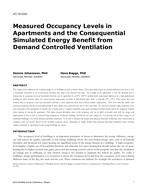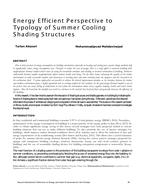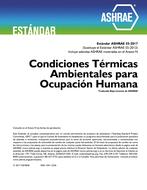Zero-equation turbulence models offer improved speed and robustness at the expense of broad-application accuracyrelative to the k-ε model and other popular two-equation models employed in CFD simulations. For applications — particularly,initial design — in which absolute accuracy is a lower priority, a zero-equation model may be the best choice. We assess the Chen-Xu (1998) zero-equation model and two proposed variants that utilize wall functions. We evaluate the three models forsuitability in modeling large (e.g., shipping container size) electrical and electronics enclosures by testing the models againstmeasured data for two two-dimensional benchmark cases, which feature forced-convection and mixed-convection flows,respectively. We also evaluate selected models as applied to a practical three-dimensional modular electrical substation. We findthat, while all three zero-equation models deliver reasonable results, we recommend a Chen-Xu variant that utilizes anapproximate wall function, as this turbulence model provides the best balance of solution accuracy and computational efficiency.
Citation: 2017 Winter Conference, Las Vegas, NV, Conference Papers
Product Details
- Published:
- 2017
- Number of Pages:
- 8
- Units of Measure:
- Dual
- File Size:
- 1 file , 4.3 MB
- Product Code(s):
- D-LV-17-C078


